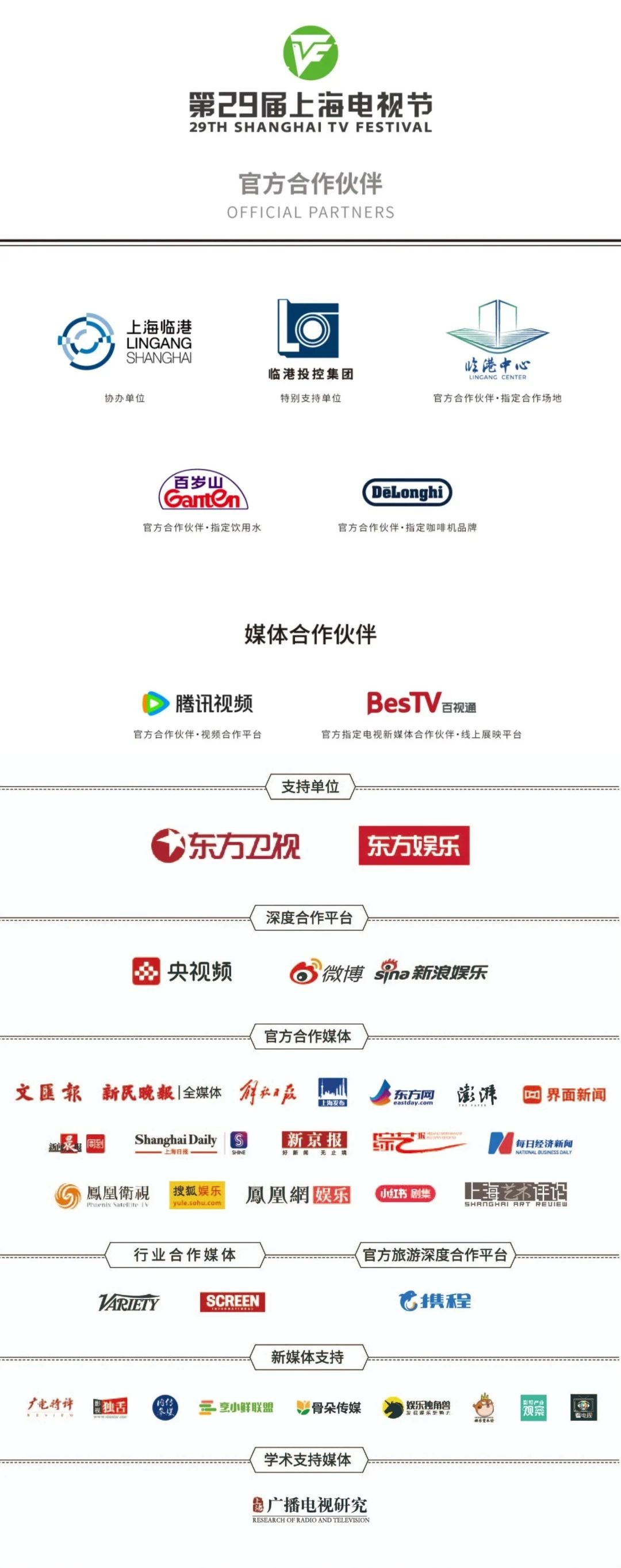STVFORUM|Embracing AI: Understand It, Master It, Embrace It
On the afternoon of June 26th, the 29th Shanghai TV Festival (STVF) held the STVF Animation MasterClass . The session invited this year's Jury Chairman of the Magnolia Award in Animation Section, Frederic Puech , and jury members Chen Liaoyu and Mari Okada, to share their personal creation experiences and artistic perspectives. They discussed the narrative styles and artistic characteristics of animation works, innovations in animation production technology, and global collaborations in animation content, providing suggestions for the high-quality development of the animation industry.
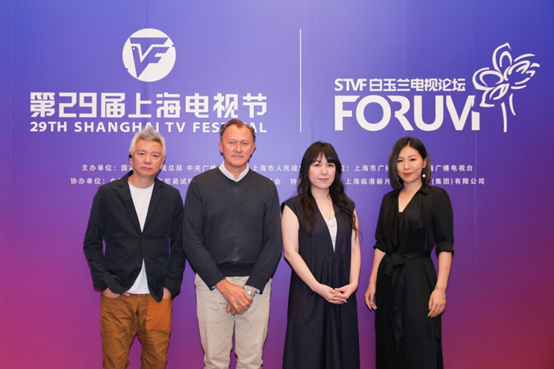
Audience Needs and Creator Expression Are Not Contradictory
As the jury chairman of the animation section at the 29th STVF, French animation producer Frederic Puech, who has deep ties with China, has been involved in the production of well-known Chinese animated films such as BIG FISH & BEGONIA and THE LEGEND OF HEI. Both films achieved commendable reputations and box office success. However, for animation creators, achieving both perfect personal emotional expression and withstanding market scrutiny is challenging. Puech candidly mentions, "Commercial success is important because only when the box office is successful do you have the opportunity to make the next work." Finding a balance between commercial value and content quality becomes crucial. "It is important to find a balance point between commercial value and content quality, ensuring the work is profound and inspiring to the audience."
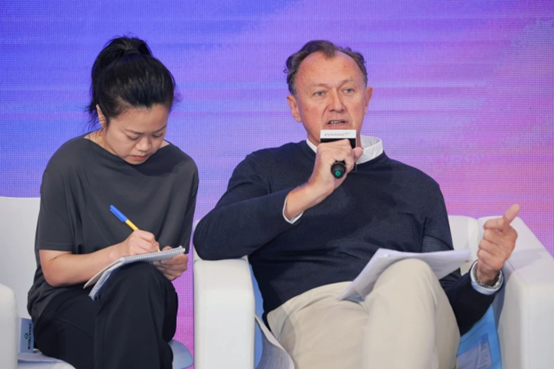
Last year, Chen Liaoyu, who served as the chief director of the animated film YAO-CHINESE FOLKTALES, quickly broke through based on its reputation and won the Best Storytelling Award at the 28th Shanghai TV Festival. In Chen's view, audience needs and creator expression are not inherently contradictory. "There may be deviations between the two, but they do not necessarily need to be completely corrected. The discrepancies between the creator's intent and the audience's understanding instead create a tension where the audience can undergo an aesthetic experience and find satisfaction in their appreciation."
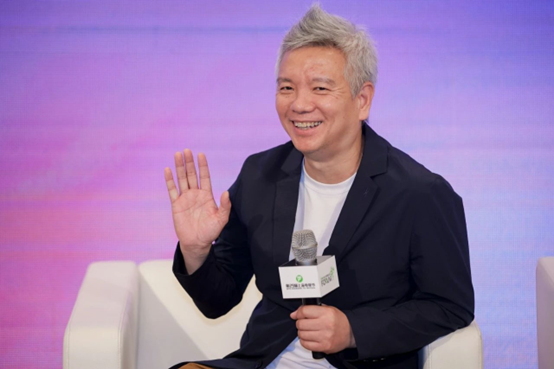
Jury member Mari Okada, a well-known Japanese animation screenwriter and director, has focused on writing scripts for TV animations and animated films, creating famous works such as TRUE TEARS, TIGER×DRAGON! and MOBILE SUIT GUNDAM: IRON-BLOODED ORPHANS. In Okada's stories, which often feature surreal content, she continually explores these unique visuals that only animation can achieve. "This is also the charm of animation, but what remains unchanged is the real emotions between people," said Mari Okada.

Creators Must Have Their Own Ideas
Frederic Puech, who has lived in Asia for many years, established an animation studio in Shanghai 20 years ago and has been dedicated to discovering outstanding animated works and finding talented creators. Known for his keen eye, Puech noticed the talented directors Liang Xuan and Zhang Chun of BIG FISH & BEGONIA early on. Initially, he wanted to invite the young creators to join his studio, but they insisted on independent creation. After several years of hard work, they successfully released BIG FISH & BEGONIA. "China has many animators with strong creative abilities and highly individual expressions," said Puech, who seeks to find talents capable of cross-cultural expression. "Animated works, through cultural integration, allow both Chinese and international audiences to understand the core ideas of the works. We hope to collaborate with such creators to help them realize their dreams."
At the 28th Shanghai TV Festival's Magnolia Award ceremony, Chen Liaoyu, upon receiving his award, acknowledged ten other directors in one breath, demonstrating a chief director's support and trust in his episode directors. "Maintaining trust requires rationality; responsibilities and boundaries must be clear," said Chen. "I'm responsible for choosing you, you're responsible for creating, and together, we're responsible for the quality." Chen disdains one thing most — when a director responds to his suggestions by asking, "What exactly do you want?" "Creators must have their own ideas. I dread them trying to figure out what I want, as it can lead them to gradually lose themselves. That's why I aim to help them return to their roots of creation."
Over the years, Mari Okada has captivated fans with her intricate character portrayals and beautifully somber animation style, and she is often invited by directors to write scripts. Facing these invitations, Okada also harbors concerns, "The framework of work is easy to communicate and finalize, but I worry about the impact of dialogue details on the work. Sometimes, the animations I write are said to feel like live-action films, and sometimes, the live-action films feel like game scripts, so it can be challenging to find the right tone." Later, she recalls her own adolescence, a time when she often felt a lack of belonging, which inspired the creation of her characters. "We must be bold in creation and brave in expressing ourselves, as these are key elements in team collaboration."
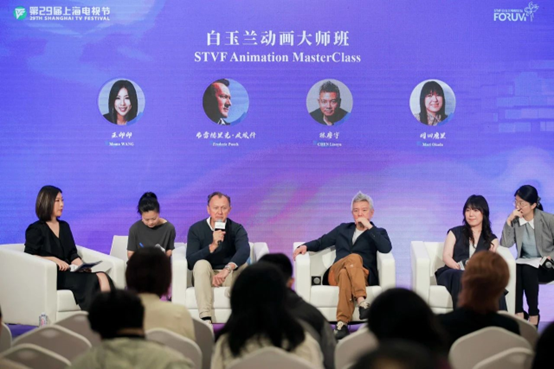
Aesthetic Perceptions Evolve with Technology
Earlier this year, Sora AI Video made a groundbreaking debut, with AIGC significantly impacting the entire film industry. While AI in live-action filmmaking has a long way to go, the process of creating animated films with AI can be drastically shortened. How exactly will new technologies affect the animation ecosystem? "We need to embrace new technologies because they bring many opportunities, allowing us to present stories to the audience in better ways," said Frederic Puech. He recalled early collaborations with a French artist, where technology limitations made it difficult to achieve the desired visual effects, but AI technology can eliminate these barriers. "We need to identify the core of the story and use AI tools to help us present it. Content creation should still be human-centered, aiming to present stories with distinctive and humanistic expressions."

From silent to sound, black and white to color, and film to digital, every innovation in cinema has been driven by technology. Chen Liaoyu, who recently served as a judge at the Global AI Film Marathon, noted changes in people's aesthetic perceptions, "Current AI technology is not yet mature, and our aesthetic perceptions were formed before its advent. The visuals future humans will see might all be related to AI, and aesthetic perceptions will evolve accordingly. The synergy between creators and AI will increase." Mari Okada also views "AI as a partner," stating, "In animation production, spontaneous inspiration can be realized through technology. Using AI technology correctly can greatly assist team creativity."
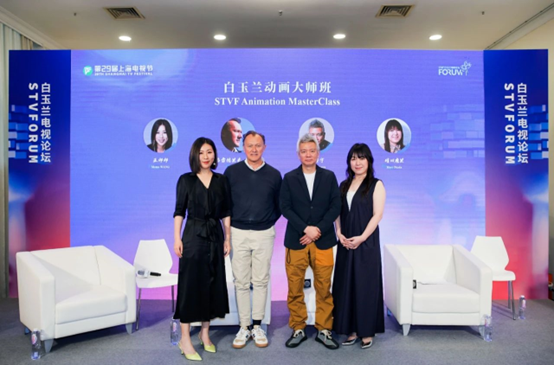

The 29th STVF is hosted by the National Radio and Television Administration, China Media Group, and the Shanghai Municipal People’s Government, and organized by Shanghai Municipal Administration of Radio and Television and Shanghai Media Group, with co-organization by the Administration Committee of Lin-gang Special Area of China (Shanghai) Pilot Free Trade Zone, and special support from Shanghai Lingang Special Area Investment Holding (Group) Co., Ltd.
